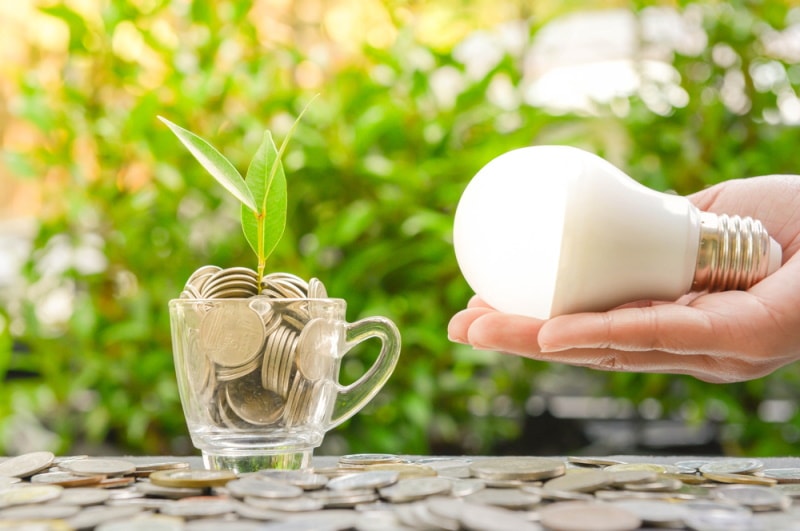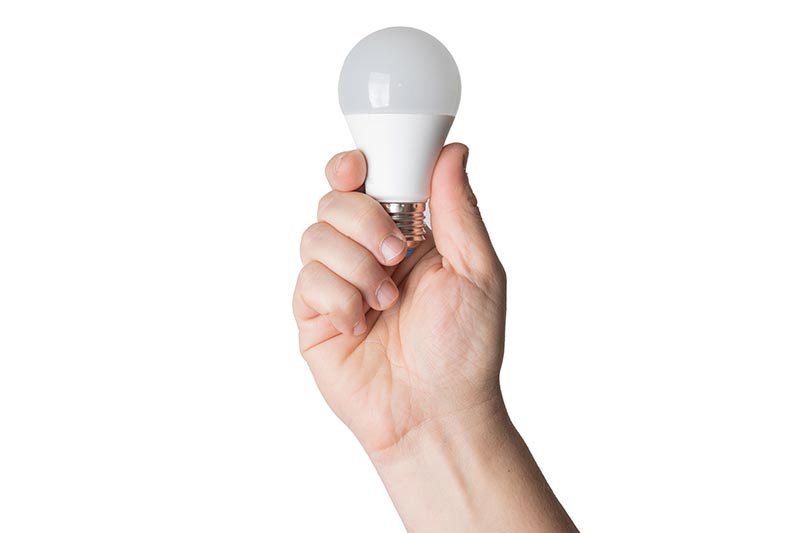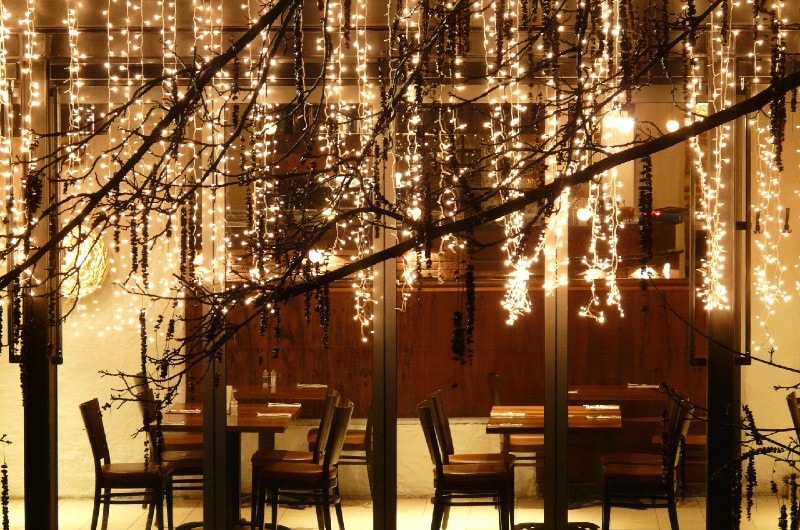8 Interesting Energy Saving Light Bulbs Facts (2025 Update)
-
Jana Blagojevic
- Last updated:

As you probably know, there are various types of light bulbs available on the market. Sometimes picking out the ideal bulb can seem like a challenging task, but once you understand which light bulb is suitable for which space, you can pick out the ideal product. As our society advances, so do our technologies. Among the most remarkable innovations are energy-efficient light bulbs, which came in place of the old-school incandescent light bulb. This bulb needed replacement because of inefficiency and consequent harm to the environment. It spends a significant amount of energy, while only around 5% translates to visible light.
Read the article below to learn more facts about energy-saving light bulbs.
The 8 Interesting Facts About Energy-Saving Light Bulbs
If you have ever wondered about the energy efficiency of light bulbs and how much energy they can actually save in your household, read the eight interesting facts below. You’ll find many interesting facts which may change your point of view.
1. LED Light Bulbs Have the Longest Life Span, up to 50,000 Hours
LED light bulbs are considered to be very energy-efficient. The main reason behind this is their incredibly long life span. While incandescent light bulbs have only around 1,000 hours of life, LED lights will serve you much longer. Working for 50,000 hours translates to having 10 years of efficient lighting. You can only imagine how much money you would save on buying new incandescent lights frequently while you can significantly reduce the number of light bulbs you use by opting for LED lights.

2. 25,000 Hours of LED Light Bulb Use Costs Only $30
Light-emitting diodes (LED) and compact fluorescent lights (CFL) are incredibly energy-efficient compared to other lighting methods. LED light bulbs are significantly more expensive than incandescent lights, for example, costing around $4. Nevertheless, once you count on how much time an LED light can last, you can save a significant amount of money. For every 25,000 hours of using LED light bulbs, you will spend around $30, while incandescent lights can cost up to $169. These light bulbs are not only energy-efficient but also cost-efficient once you add their long life span.
3. LED Lights Last 25 Times Longer Than Incandescent Lights.
As we’ve mentioned previously, incandescent light bulbs have an incredibly short life span, which can become a real nuisance to maintain after a while. LED lights have a long life span, ranging from 25,000 to 50,000 hours. Once you compare that with the inferior incandescent light, which lasts for around 1,000 hours, you’ll understand the amount of energy saved. Being about 25 times more efficient is a strong advantage of the LED bulb, which many homeowners are starting to realize.

4. Only 5% Of the Electricity Incandescent Lights Use Produces Light.
While incandescent light bulbs emit a pleasant warm light and create a relaxing atmosphere, they could be better for the environment. To understand how much energy these lights actually use and how much of it is going to waste, you should know that only around 5% of the electricity they use goes into producing light. These lights can only last for a short time because they use a particular filament to heat up and create light. This filament evaporates over time, with the heat constantly passing through.
5. Since LED Lights Use So Little Energy, 25 Strings Can Be Safely Connected End-To-End to a Single Socket.
To truly understand the efficiency of LED lights, you’ll need to compare them to the inefficiency of incandescent lights. While incandescent light bulbs use an incredible amount of energy, with most of the energy going to waste, LED light bulbs use significantly less to burn brighter. LED lights consume so little power and are so safe to use that you could connect 25 strings of LED lights, end-to-end, onto a single socket, without worrying about overloading the electrical circuit.

6. CLF Light Bulbs Last 10 Times Longer Than Incandescent Lights.
While LED lights are so far the most energy-saving on the market, CLF lights are equally important. You can mostly find them in offices and large spaces, where they are used for extended periods. They have a life span of around 8,000 to 15,000 hours. While this number is significantly lower than the number of predicted hours an LED has, it is still quite an improvement from the standard incandescent bulb. Once you add everything up, CFL lights last around 10 times longer than the traditional light bulb.
7. 32,256 Individual LED Lights power the New Year’s Ball Drop.
LED lights are becoming increasingly popular, especially in spaces where light is required to be on for extended periods. One such occasion is New York’s Ball Drop, which takes place in Times Square. As you probably expect, a lot of electricity and light is needed to power this fantastic spectacle. When New Yorkers gather at the end of the year to watch that ball drop, they will be looking at about 32,256 individual LED lights shining bright. LED lights are behind this event because of their efficiency and unique brightness.

8. Led Light Bulbs Contain No Mercury, and 95% Of the Bulb Is Recyclable.
While CFL lights are energy efficient, they contain small amounts of mercury, which can be toxic when the bulb breaks. This should not be an issue in typical settings, although if you want to avoid having this risk around, LED lights are an entirely mercury-free option. They are also 95% recyclable, which makes them incredibly efficient and eco-friendly.
Conclusion
Once reading about the fantastic effect LED and CFL lights have on the environment and our household, you’ll surely pick them over the standard bulb anytime. Buying a lightbulb only once every 10 years is incredibly rewarding and will remove some of the burdens we put on our landfills. People opt for these lights because they save an incredible amount of energy, time, and money, all while being oriented towards a healthier environment.
Featured Image Credit By: Magnetic Mcc, Shutterstock
Contents
